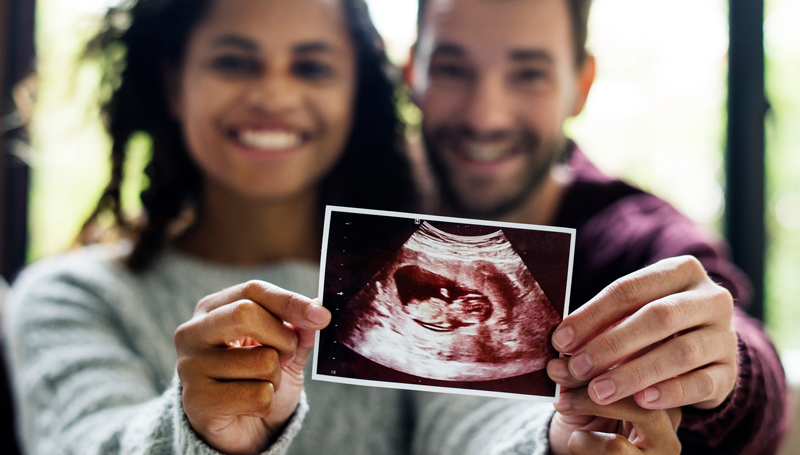In the United States, roughly 6-8% of all pregnancies are categorized as high-risk. In these cases, circumstances exist that require special care to ensure the well-being of mother and child. These complications may include pre-existing health conditions, medical conditions that develop through the course of the pregnancy, the presence of multiple babies or the mother being outside the optimal age range.
If you are pregnant or planning to become pregnant and suspect your pregnancy may be high-risk, it is highly likely that you can still deliver a perfectly healthy child while also safeguarding your own health. The key is being informed, and this article will equip you with some of the facts you need to make healthy choices starting now.
Reducing the Likelihood of a High-Risk Pregnancy
While not all factors associated with a high-risk pregnancy are within your control, some certainly are. Before you get pregnant, you can make some healthy lifestyle choices that will contribute to a healthier pregnancy. Quitting smoking, drinking and any non-prescribed drug use is a good place to start. Even some prescription drugs can be dangerous, so it’s important to let your doctor know your intentions. Knowing you’re considering pregnancy, your doctor may also advise you to take prenatal vitamins, lower your blood pressure and, if necessary, get to a healthy weight. Obesity is a major contributing factor to a high-risk pregnancy.
Additional Factors that May Contribute to a High-Risk Pregnancy
Another leading factor in high-risk pregnancies is the mother’s age. Pregnant women older than 35 or girls younger than 17 face increased risk of complications. The same is true for women carrying multiple babies. Likewise, women with pre-existing health conditions including lung, kidney or heart problems, diabetes or sexually transmitted diseases (STDs), or a history of miscarriage are also at higher risk. In these situations, it is extremely important that the pregnancy be monitored closely, making ongoing prenatal care a must. More frequent ultrasounds and exams are common.
Identifying a High-Risk Pregnancy
The first step is knowing for sure that you are indeed pregnant. A medical pregnancy test followed by an obstetrical ultrasound will let you know for certain. From there, you should schedule an exam with an OB-GYN, a doctor who specializes in women’s health, pregnancy and delivery. She or he will be able to identify most risk factors through a basic question and answer session followed by a physical exam.
High-Risk Medical Conditions that Can Arise During Pregnancy
In some cases, a pregnancy can start out as standard, but then become high-risk due to medical conditions that arise as the pregnancy progresses. The most common of these conditions are gestational diabetes and preeclampsia. Gestational diabetes causes high blood sugar, and can usually be controlled through diet, exercise and, in some cases, medication. Preeclampsia is high blood pressure which develops through the course of a pregnancy. It’s usually accompanied by swelling in the feet, legs and hands. If not treated, preeclampsia is potentially fatal for the mother, baby or both.
If you or someone you know believes they may be pregnant, contact Sira in Gainesville today. We provide free medical pregnancy testing and obstetrical ultrasounds, as well as referrals to community resources that can help you get the care you need throughout your pregnancy and beyond. Call Sira at 352-377-4947 to schedule your appointment.





